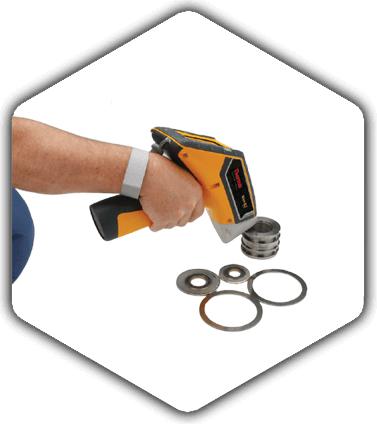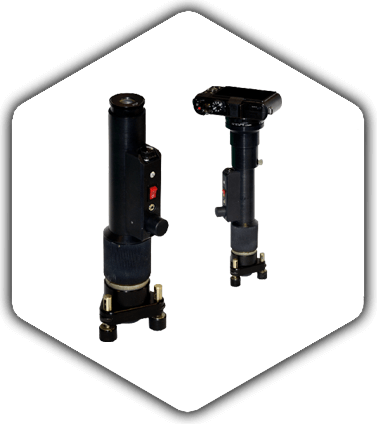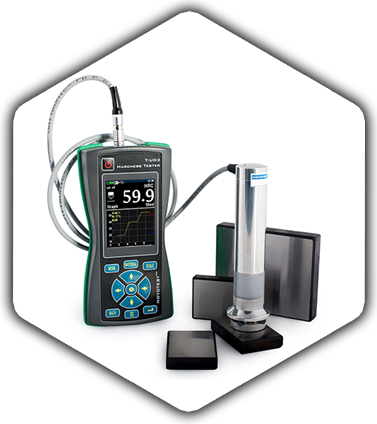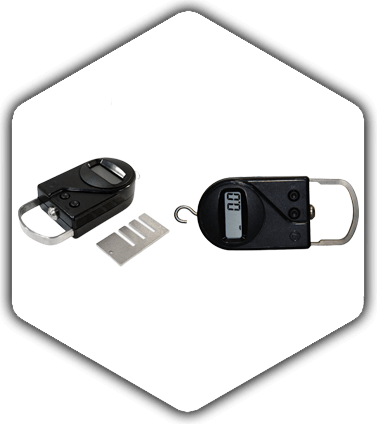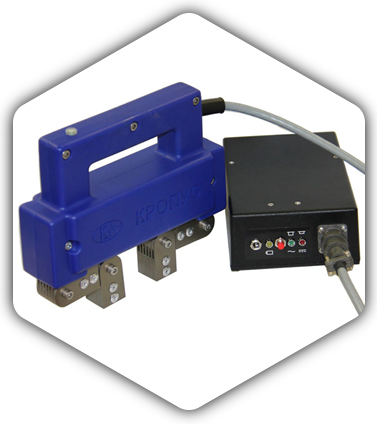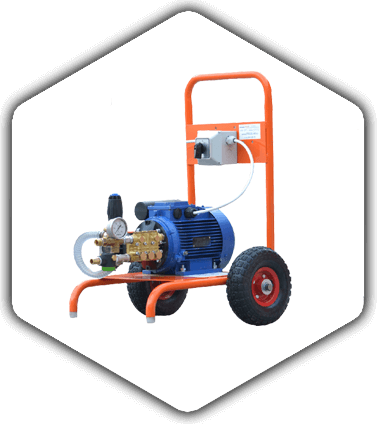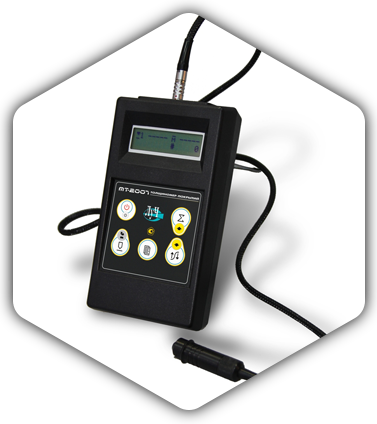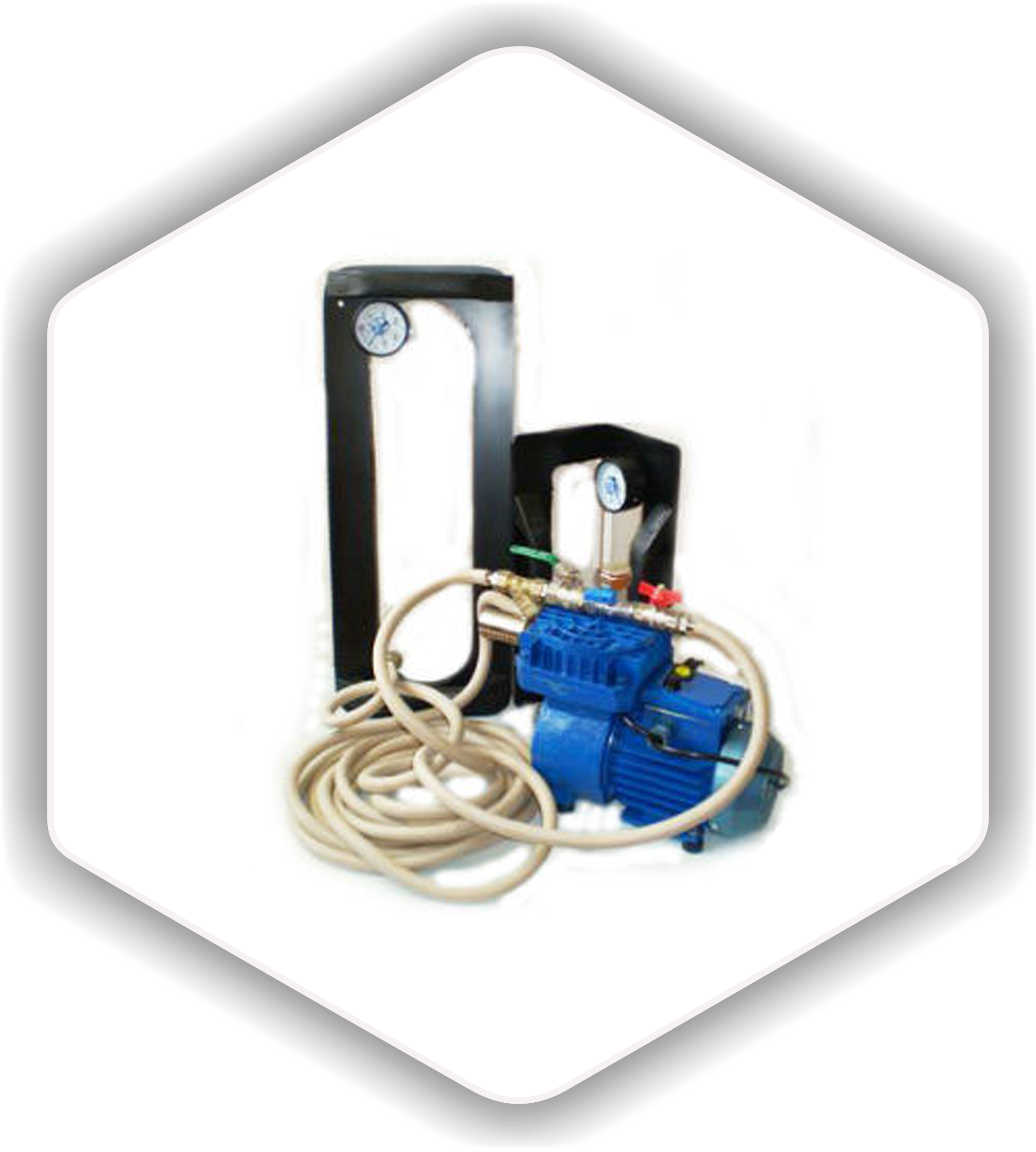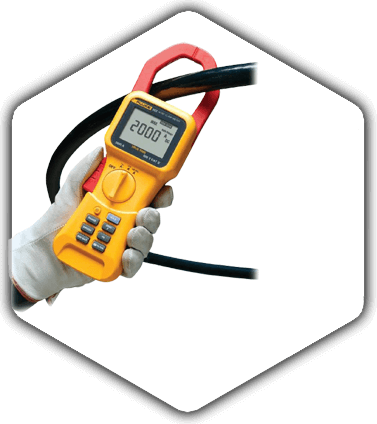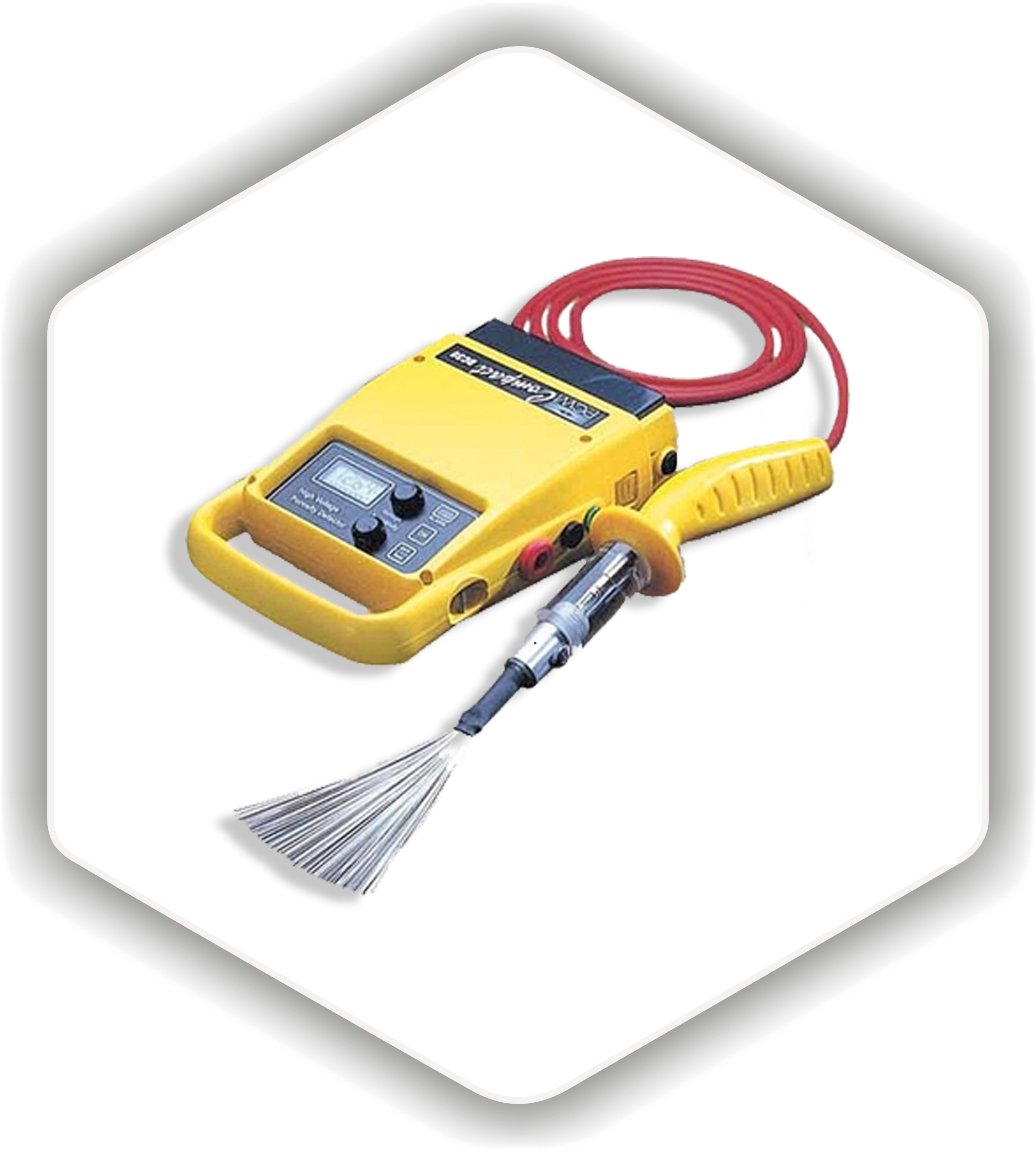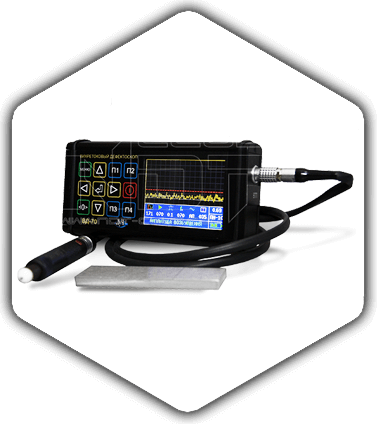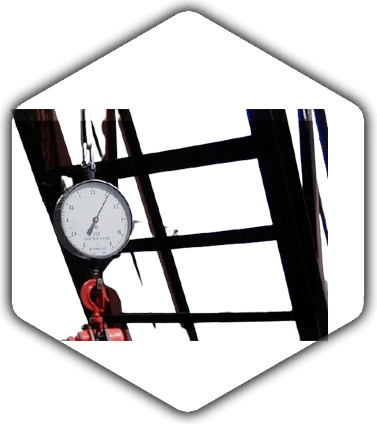Concrete Compression Testing
Compression testing of concrete is a mechanical testing method that determines the compressive strength of concrete, which is a key parameter that characterizes its quality and durability. This test is particularly crucial for structural elements like columns, walls, and slabs, where concrete is predominantly subjected to compressive loads.
Method Description
1. Sample Preparation
• Standard samples are used for testing, usually in the form of cubes or cylinders made from the same concrete as the tested structure. Sample dimensions can vary depending on the standard, e.g., cubes of 150x150x150 mm or cylinders with a diameter of 150 mm and a height of 300 mm.
• The samples must be cured under specific temperature and humidity conditions, typically for 28 days before testing (for standard tests).
2. Testing Process
• The sample is placed in a compression testing machine, and the load is applied gradually, evenly distributed across the surface of the specimen.
• Pressure is applied perpendicularly to the base of the specimen, causing deformation and eventual rupture.
3. Measured Parameters
• Compressive Strength: This is the main parameter obtained from the test and is calculated as the ratio of the maximum load to the cross-sectional area of the specimen. The result is expressed in megapascals (MPa), providing an indication of the concrete’s suitability for specific use conditions.
• The nature of the sample’s failure is also recorded, which can offer additional insights into the mix quality and curing conditions.
4. Testing Conditions
• The test is typically conducted in laboratory conditions, ensuring a controlled environment with standard temperature and humidity to minimize external factors and ensure reproducibility.
Application of the Method
Compression testing is mandatory for large construction projects to ensure that the concrete strength meets the design requirements. The results from compression tests provide the basis for decisions regarding material usage and the ongoing performance of the structure.
Tel. +7 (7212) 996606,
Tel. +7 (708) 4360630
M02F3P7, Republic of Kazakhstan,
Karaganda region, Karaganda,
st.Navigational 7, housing 2
E-Mail: info@ardcon.kz


